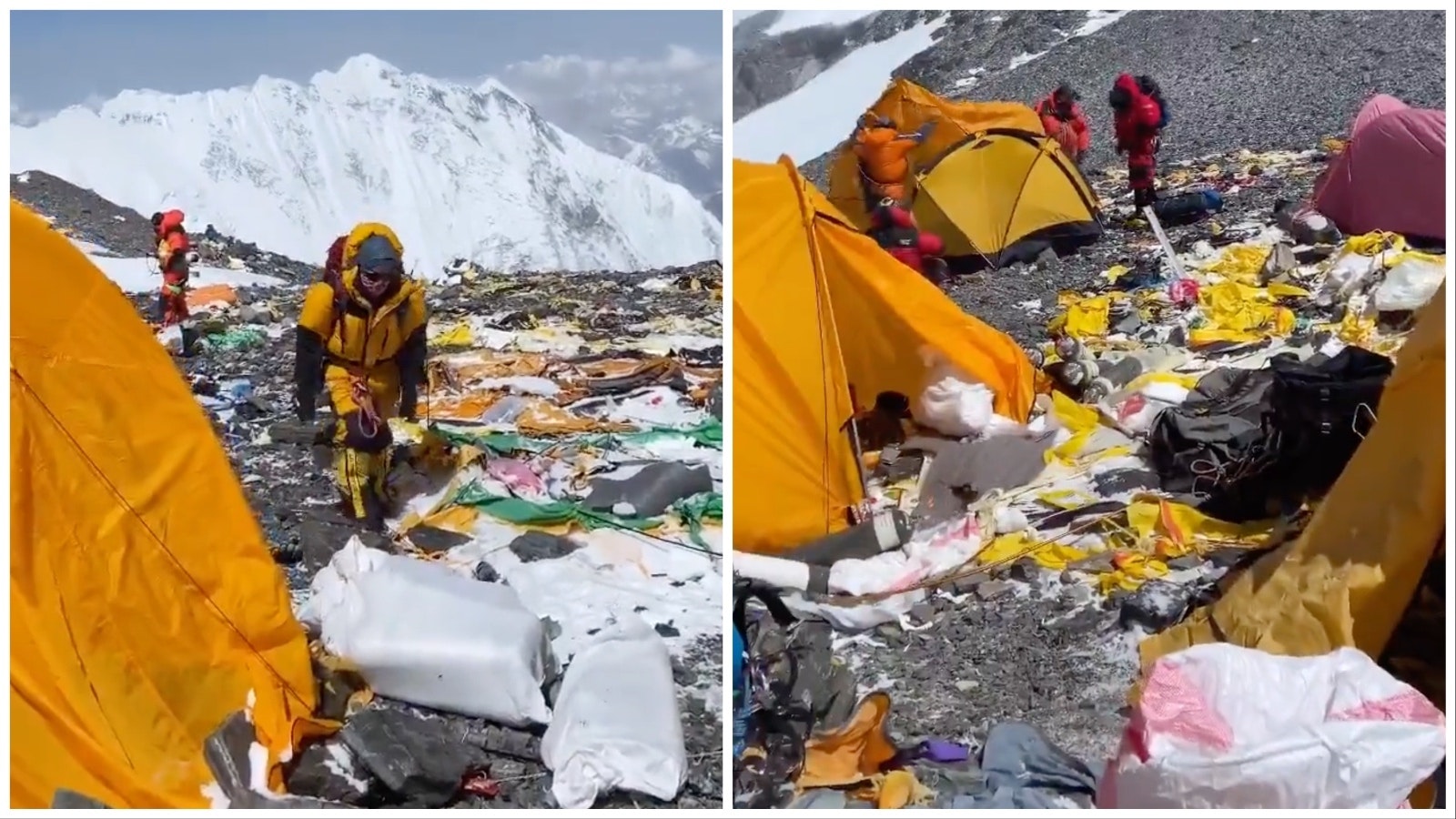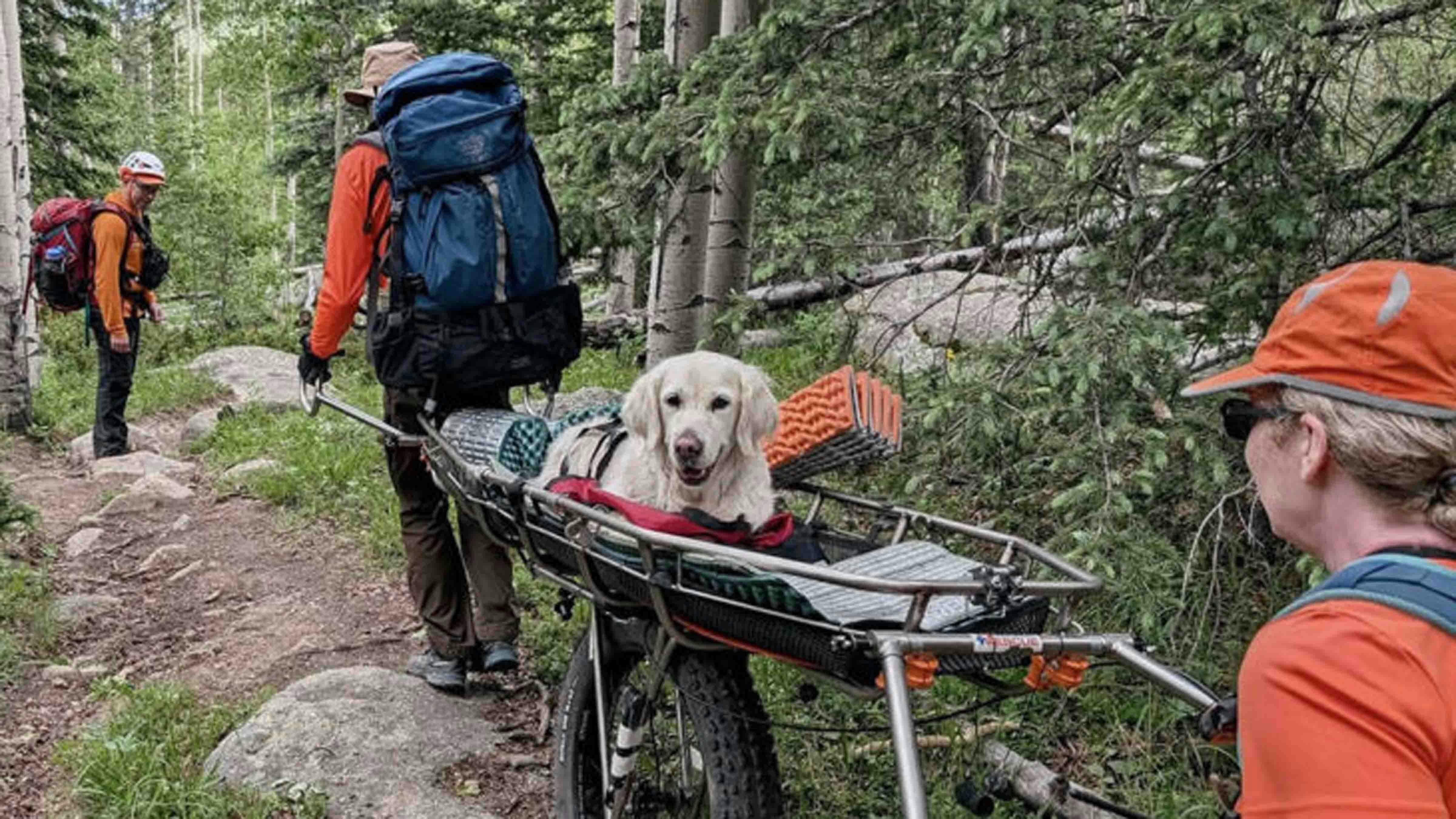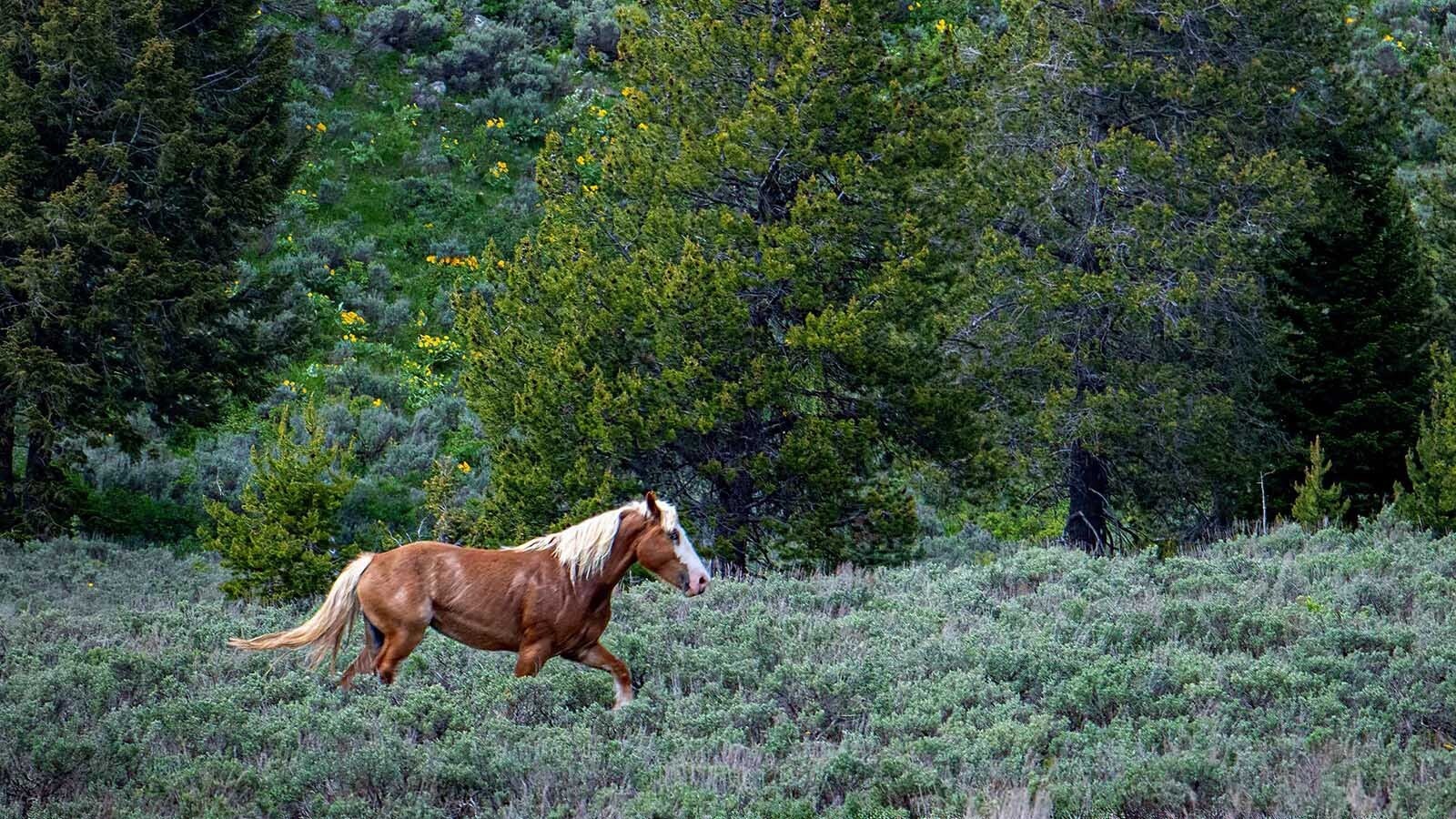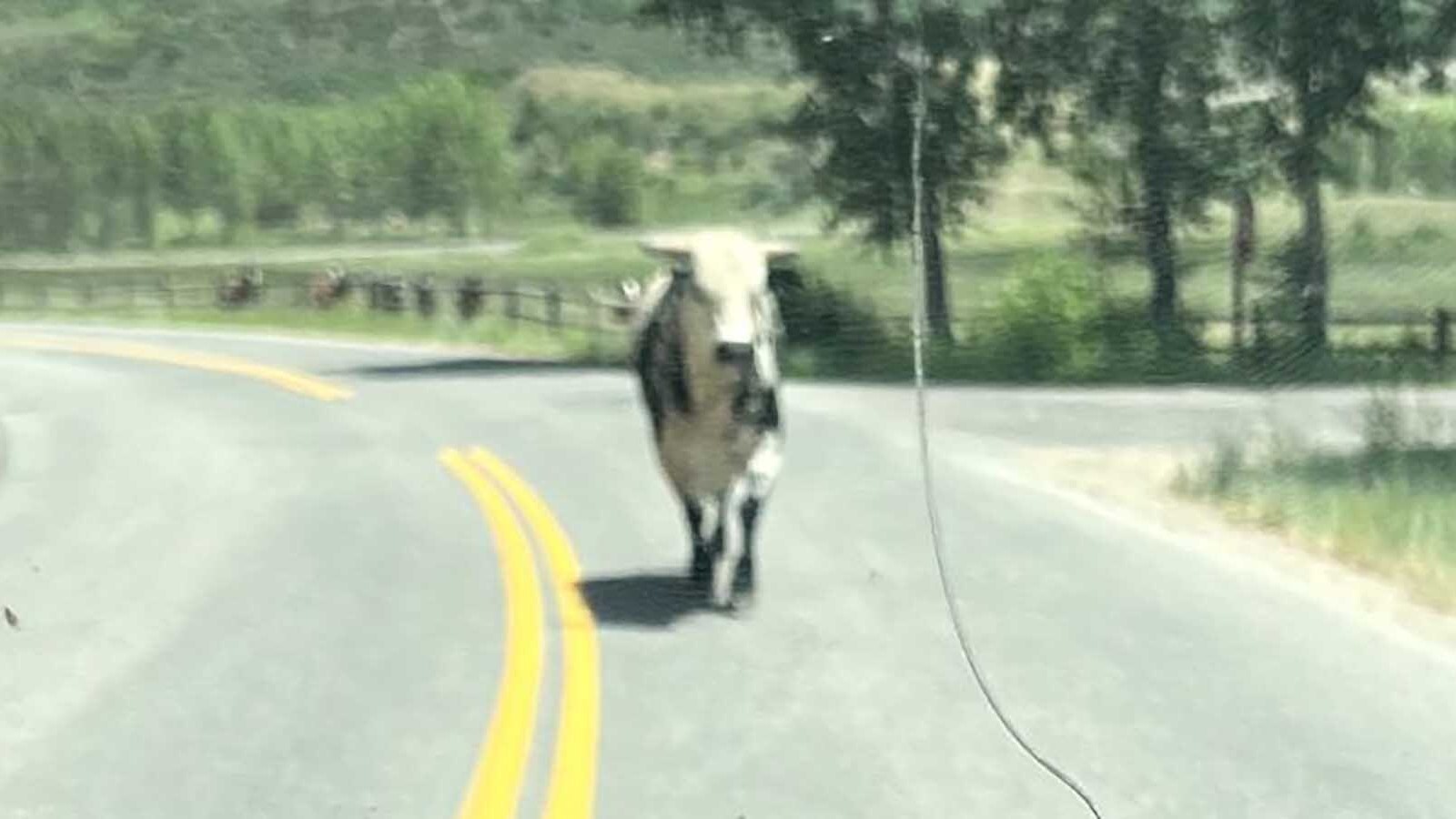The 2023 climbing season on Mount Everest is on track to become the deadliest on record as parts of its soaring slopes have become a “garbage dump,” according to a Casper, Wyoming, mountaineer who attempted to summit the peak last month — and he’s not sure when he’s going back.
People were abandoning tents, and their bodies, on the highest slopes, Dr. Joe McGinley of Casper told Cowboy State Daily.
The terrible conditions caused him to abandon his attempt to summit Everest last month. It’s the world’s highest peak, topping out at 29,031 feet, 8.5 inches on the border of China and Nepal.
McGinley, who attempted to ascend from the Nepal side, made it to roughly 21,000 feet before deciding to abandon his quest.
Highest Death Toll Ever
McGinley said that when he left, the death tool stood at six, but there were still numerous climbers missing and presumed dead.
Many of the deaths were because people took too much time ascending, using up the precious reserves in their oxygen bottles, then ran out of oxygen on the way back down, he said.
The official death toll has more than doubled to 13 as the roughly monthlong climbing season winds down, experienced Everest guide Alane Arnette wrote in his blog.
However, four people are still missing and almost certainly dead. That would bring the death toll to at least 17, Arnette wrote. The worst season on record for deaths directly related to climbing mishaps was 2014, with 16 fatalities.
There were 25 deaths on the mountain in 2015, but most of those people were killed by avalanches ripping through base camps after a massive earthquake struck Nepal.
Dead Still In The Death Zone
A recent Twitter video that McGinley shared with Cowboy State Daily starkly illustrates what made him turn back.
Somebody stuck in a mob of climbers shot a video of a line so long and crowded, it was hardly moving.
And that’s the problem, McGinley said. Standing still for any length of time drains oxygen tank reserves and invites devastating frostbite. That’s especially true in the infamous “Zone of Death,” from about 26,000 feet up to the summit.
Slobs Ruined Camp 4
Also disheartening to see was the huge volume of trash, including abandoned tents, left on the mountain, McGinley said.
An ascent up Everest takes several days. Climbers start out at a base camp, at roughly 17,000 feet, and then traverse between a series of four smaller camps. The highest is Camp 4, on the cusp of the death zone at 26,000 feet. After a night there, climbers strike out for the summit.
McGinley said he made it to Camp 2, at 21,000 feet.
Climbers mostly picked up after themselves at the lower elevations, he said.
“Basecamp, Camp 1 and Camp 2 were not bad, given the number of people,” McGinley said.
But things apparently got worse from there, and Camp 4 especially turned into what some are calling “the worlds highest garbage dump.”
“There were multiple tents just left behind and destroyed” at Camp 4, McGinley said.
News Not All Bad
Despite the crowds, death and slobs, 600 successful ascents were logged during the 2023 season, Arnette reported in his blog. The majority of those were by sherpas — Nepalese hired to help climbers carry their gear.
Between climbers and sherpas, there were 1,200 people on the slopes, Arnette stated.
McGinley said the Nepal side might have been even more crowded because the Chinese government kept their side of the mountain closed this year because of lingering fears over COVID-19.
The route to the summit from the China side is longer and more arduous, but McGinley said he’s had enough of the highly commercialized Nepal side. So, he’ll come in from China during his next attempt, though he’s not certain when that will be.
For now, he’s got his sights set on Vinson Massif. At 16,050 feet, it’s the highest peak in Antarctica. McGinley hopes to attempt it in late December 2023 or early January 2024.
That will leave only Everest as the last peak he must conquer in order to complete the “Seven Peaks on Seven Continents.”
To snag that prestigious title, mountaineers must climb the highest peak on each of the seven continents. Those include Everest in Asia, Kilimanjaro in Africa, Mount Elbrus in Europe, Denali in North America, Mount Aconcagua in South America, Carstenz Pyramid in Indonesia (counting for the Australian continental plate) and Vinson Massif in Antarctica.
Mark Heinz can be reached at Mark@CowboyStateDaily.com





